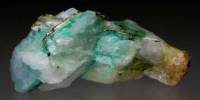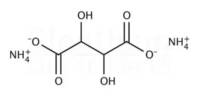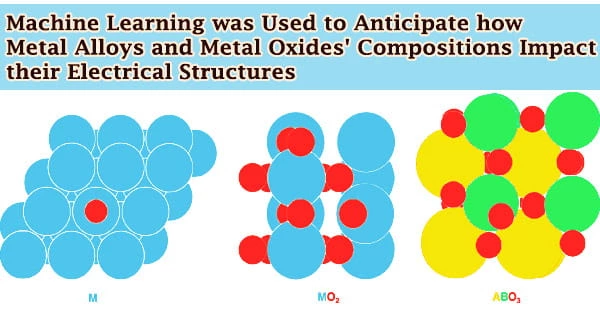Niobium pentaiodide is an inorganic compound with the formula Nb2I10. Its name comes from the compound’s empirical formula, NbI5. It is a diamagnetic, yellow solid that hydrolyses readily. It is a member of the transition metal iodides and is known for its relatively high reactivity and interesting chemical properties.
The compound adopts an edge-shared bioctahedral structure, which means that two NbI5 units are joined by a pair of iodide bridges. There is no bond between the Nb centres. Niobium(V) chloride, niobium(V) bromide, tantalum(V) chloride, tantalum(V) bromide, and tantalum(V) iodide, all share this structural motif.
Preparation
Niobium pentaiodide forms from the reaction of niobium with iodine:
2 Nb + 5 I2 → 2 NbI5
The method used for the preparation of tantalum(V) iodide using aluminium triiodide fails to produce pure pentaiodide.
Properties
It is typically a dark, possibly black or reddish solid. The exact color can depend on its form and purity. It is known to have a layered structure where niobium is surrounded by iodine atoms. As with many metal halides, NbI₅ is reactive with moisture and can hydrolyze in the presence of water to form niobium oxides and iodides.
- Chemical formula: Nb2I10
- Molar mass: 1475
- Appearance: yellow solid
- Density: 5.30 g/cm3
- Melting point: 543 °C (1,009 °F; 816 K) sublimes
Reactivity
Niobium pentaiodide is not found naturally in significant amounts. It is primarily synthesized in laboratory settings. It reacts with water, which can lead to the formation of niobium oxides and other iodine-containing products. This makes it important to handle the compound under controlled conditions to avoid unintended reactions.
Applications
Due to its reactivity and the nature of its compounds, niobium pentaiodide is not as commonly used or well-known as some other niobium compounds. However, it can be used in specialized chemical research or in certain industrial processes where its properties are advantageous.
















